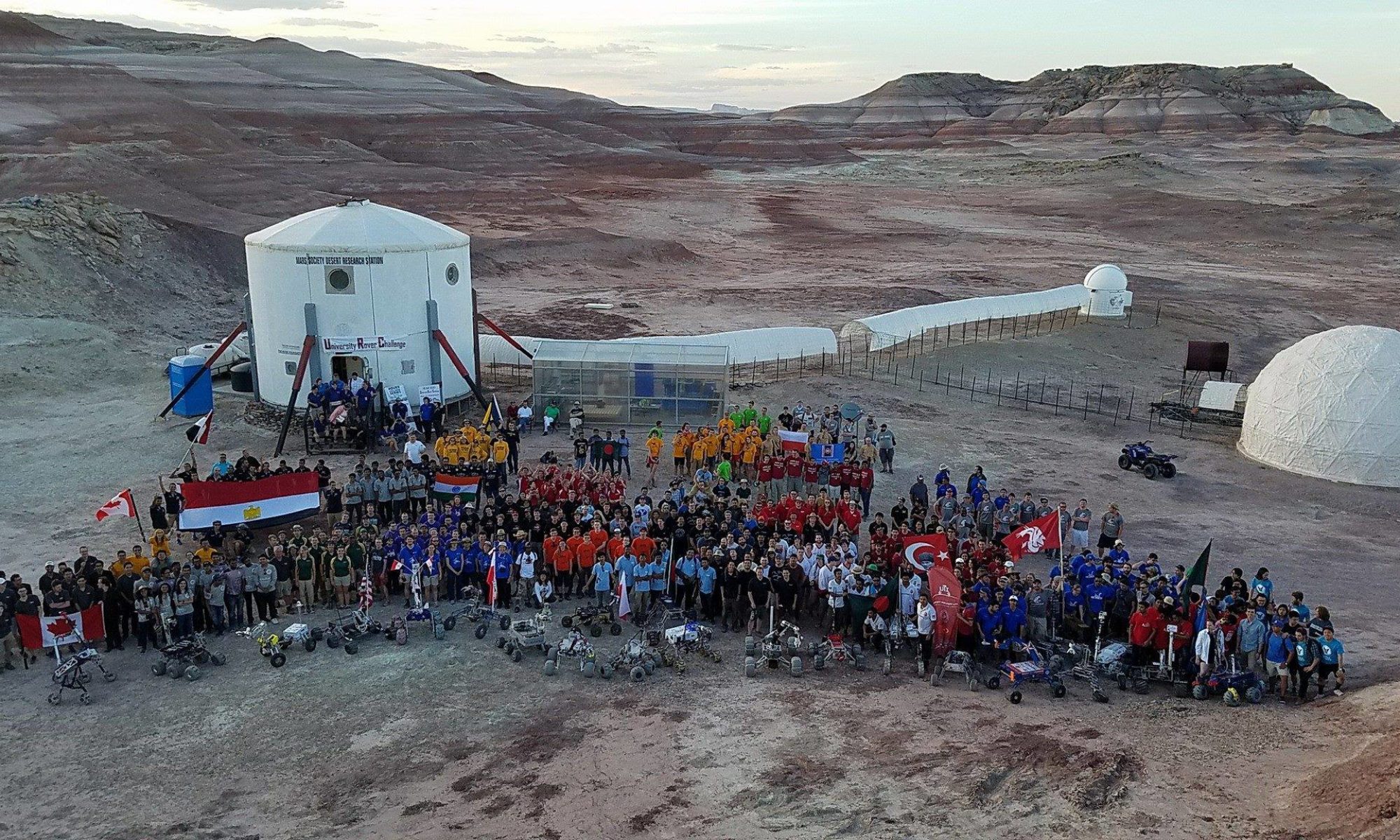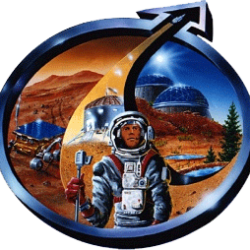Crew 314 Sol Summary Report 08-04-2025
Sol: 2
Summary Title: Discovering the area
Author’s name: Arnaud de Wergifosse (crew executive officer)
Mission Status: Ongoing
Sol Activity Summary: During the sol 2, we carried out two EVAs with different objectives:
Morning: We collected soil samples for our journalist’s, Batoul, experiment.
Afternoon: The goal was to find a suitable location to place our engineer’s, Antoine, equipment.
We also had our first medical emergency simulation, followed by a valuable learning debrief of our Health and Safety Officer and the impression of the crew.
In the lab, Bérengère put her fungi to the test by exposing them to microgravity and UV light, while Batoul received her bacteria and was able to perform her first inoculations.
Look Ahead Plan: One EVA is scheduled in the morning to conduct Antoine’s experiment. Throughout the day, we will continue working on our individual experiments, including a CRM simulation in the afternoon involving the whole team for Odile’s experiment. Béatrice and Arnaud will carry on their research while collecting data with their wearables.
Anomalies in work: A minor issue occurred in the Science Dome when the autoclave overheated, causing a power failure and triggering the gas alarms due to the release of a large amount of steam. We had to request assistance from Mission Support to resolve the situation. Refrigerator #1 in the Science Dome is broken, causing the Petri dishes to freeze. As a result, Batoul Tani has used Refrigerator #2 to store them.
Weather: Sunny and clear sky (between 60°- 80°F during the day)
Crew Physical Status: Our crew engineer is feeling much better, and for the rest we encountered minor incidents, such as cuts, for which we applied band-aids.
EVA:
EVA #3 : At 09:07, decompression of the airlock began, and by 09:12, the EVA officially commenced. Odile departed solo in Rover Spirit, while Batoul drove Rover Opportunity with Béatrice as passenger. The team followed Cow Dung Road, heading towards Cowboy Corner.
At 09:24, the crew made an unscheduled stop at Marble Ritual due to communication disruptions. The issue appeared temporarily resolved, and the team resumed travel shortly after. At 09:26, they reached Pooh’s Corner, continuing their route without further delay.
By 09:35, the team arrived at coordinates 519000 ; 425180. At this point, communication was again lost, and CapCom encountered difficulties re-establishing contact. With support from the broader Mission Support Team, the issue was diagnosed and resolved. Communications remained stable for the remainder of the EVA.
The crew reached the first sampling site—Cowboy Corner—at 09:50. After parking the rovers, the astronauts proceeded on foot. Sample collection commenced at 09:53, and the first set of samples was secured in the rover by 10:03. The team remained on site to conduct additional exploration.
At 10:20, the EVA crew departed Cowboy Corner and navigated to the intersection of Cow Dung Road and Galileo Road, arriving at 10:33. They conducted the second soil sample collection at this location. By 10:42, the collection was complete, and the crew resumed their journey toward Pooh’s Corner.
At 10:57, the team completed the third and final sample collection at Pooh’s Corner. They then began the return to the habitat.
The rovers arrived at the base at 11:04. The crew initiated the 5-minute repressurization process of the airlock, concluding the EVA.
EVA #4 : The crew left the station at 3:40 p.m. in search of a suitable location for the crew engineer, Antoine Dubois, to set up equipment for his experiment. After facing some difficulties with communication and navigation, the EVA team reached Cowboy Corner at 4:02 p.m. They departed at 4:22 p.m. without having found an appropriate site.
The team then proceeded to the intersection of Galileo Road and Cow Dung Road, arriving at 4:25 p.m. There, the crew engineer identified a location deemed suitable for deploying his equipment. Crew headed back to the station at 5:23pm and arrived at the station at 5:31pm after completing their main objective of the EVA, deploying engineer’s equipment. The crew initiated the 5-minute repressurization process of the airlock, concluding the EVA.
The third originally scheduled stop at Pooh’s Corner for drone deployment—intended for area reconnaissance—has been aborted due to time constraint protocols.
Reports to be filed: Sol Summary, Journalist Report, Greenhab Report, Operations Report, Crew Photos, EVA Report, EVA Request
Support Requested: none

